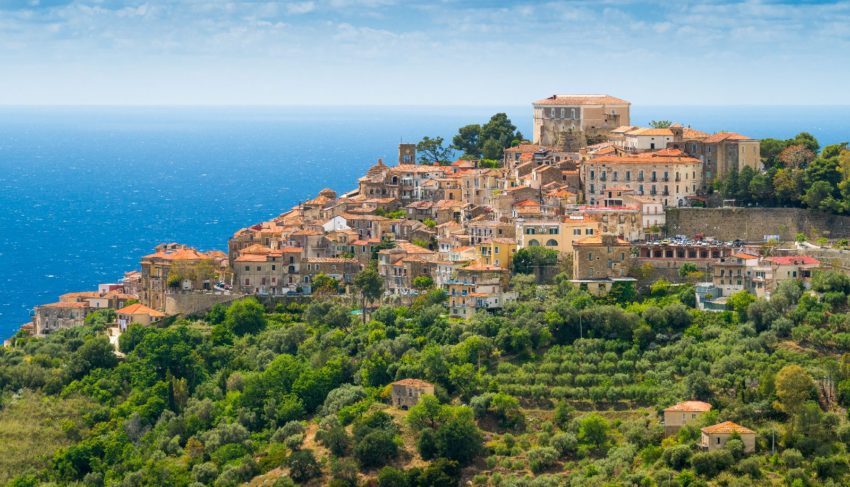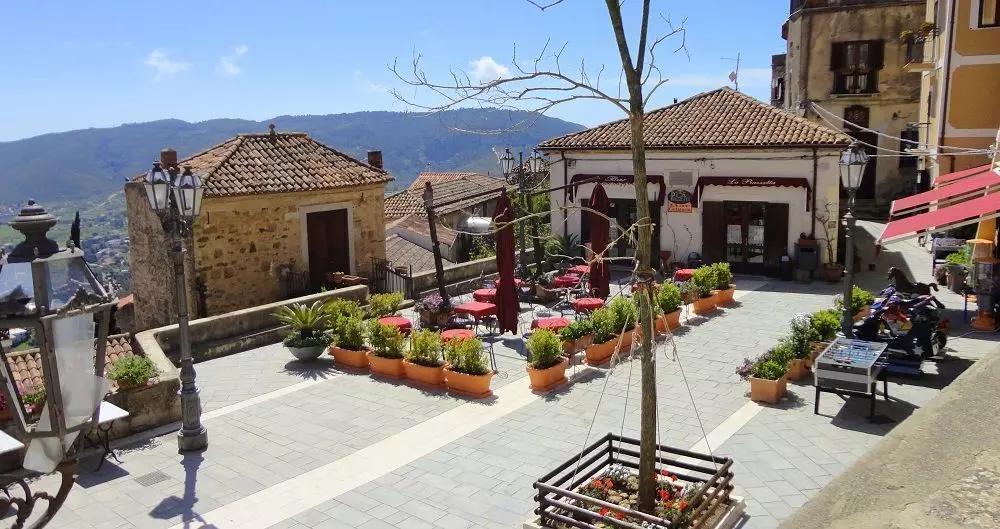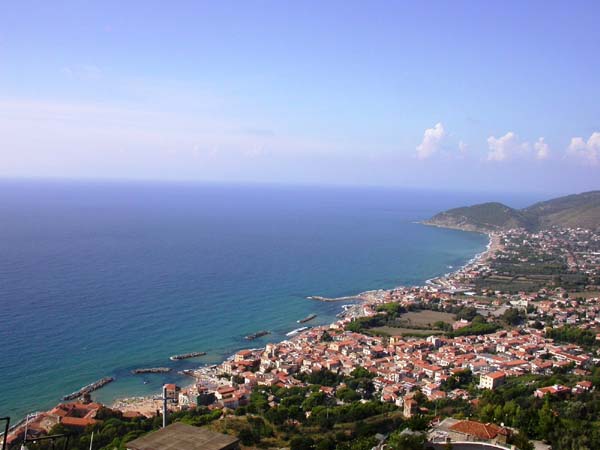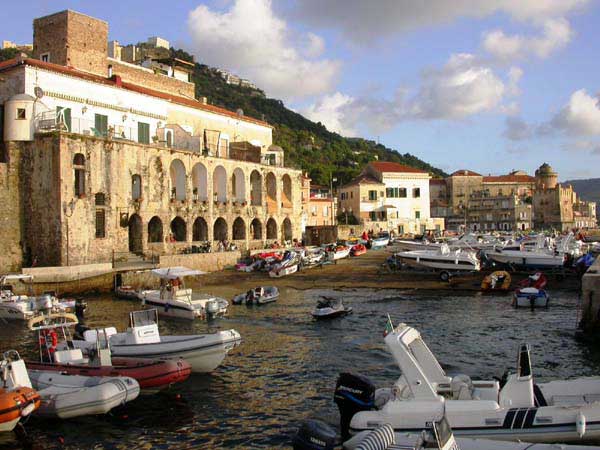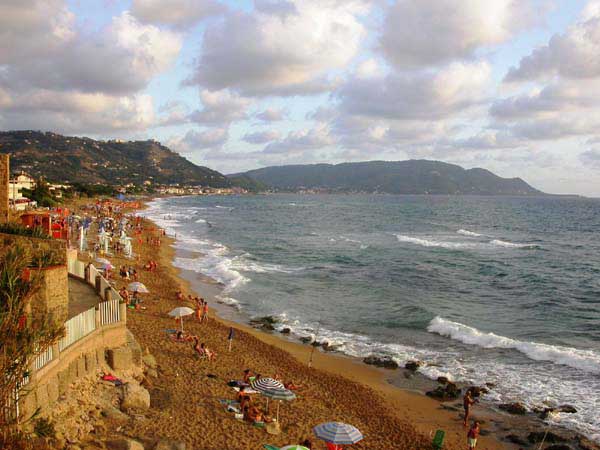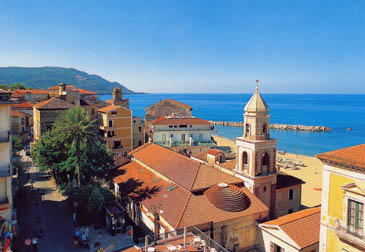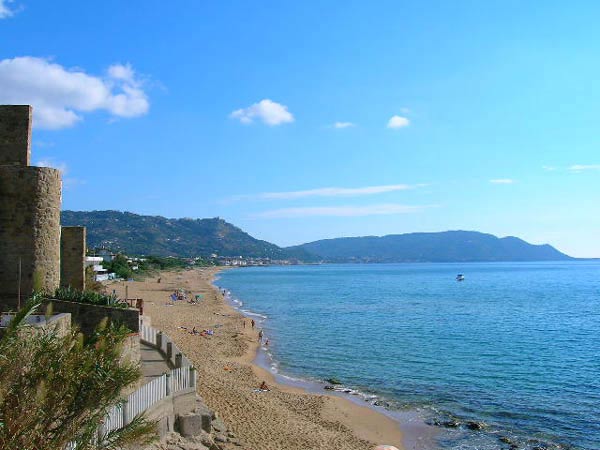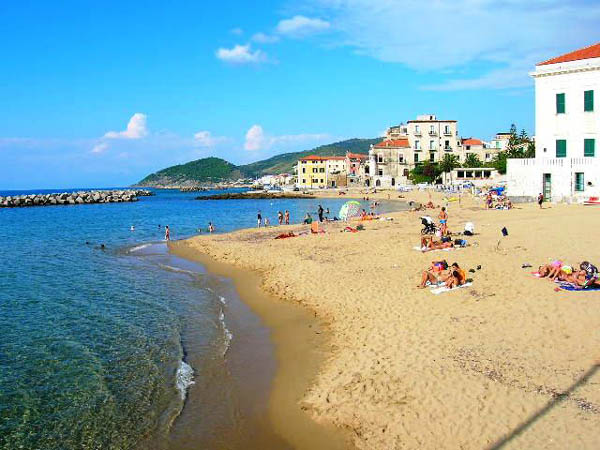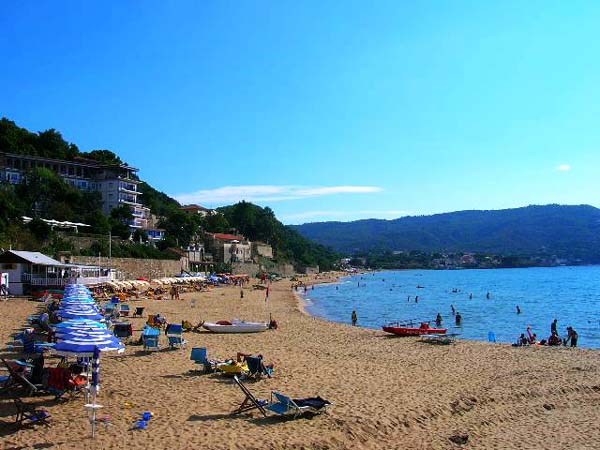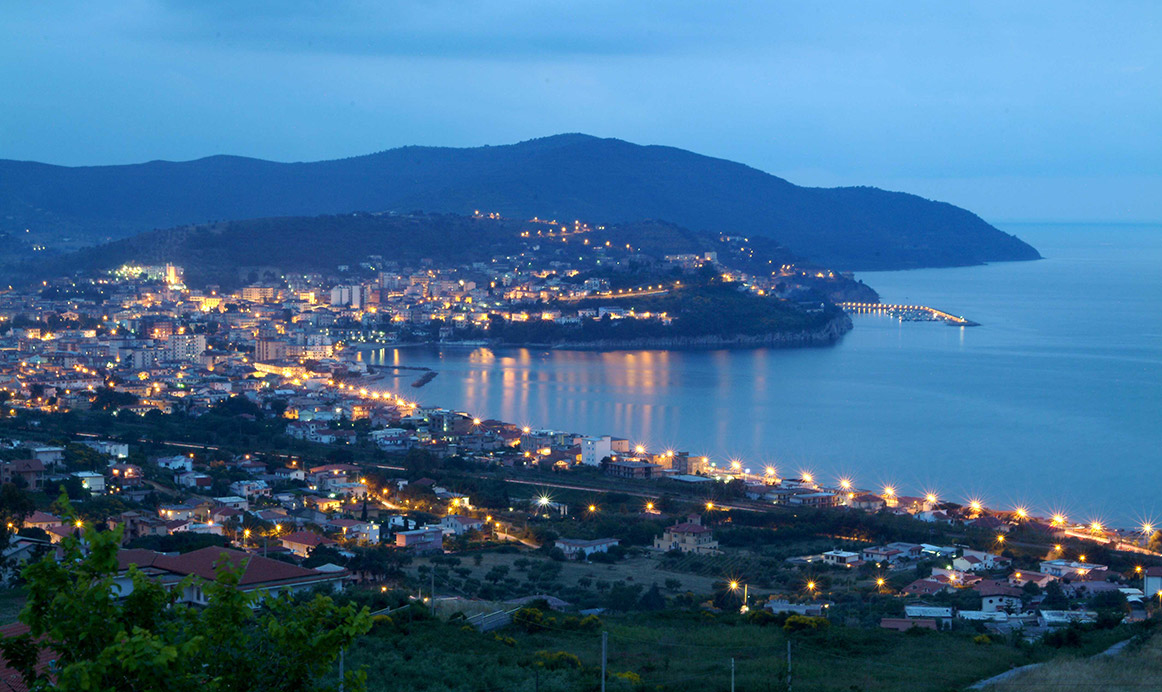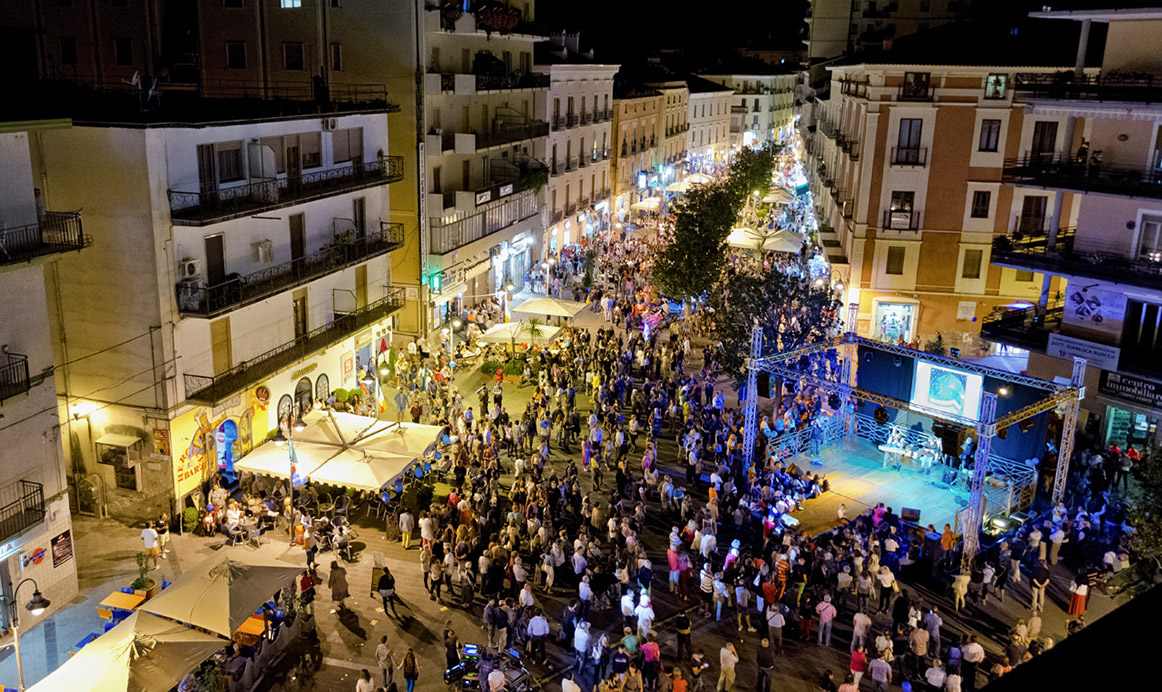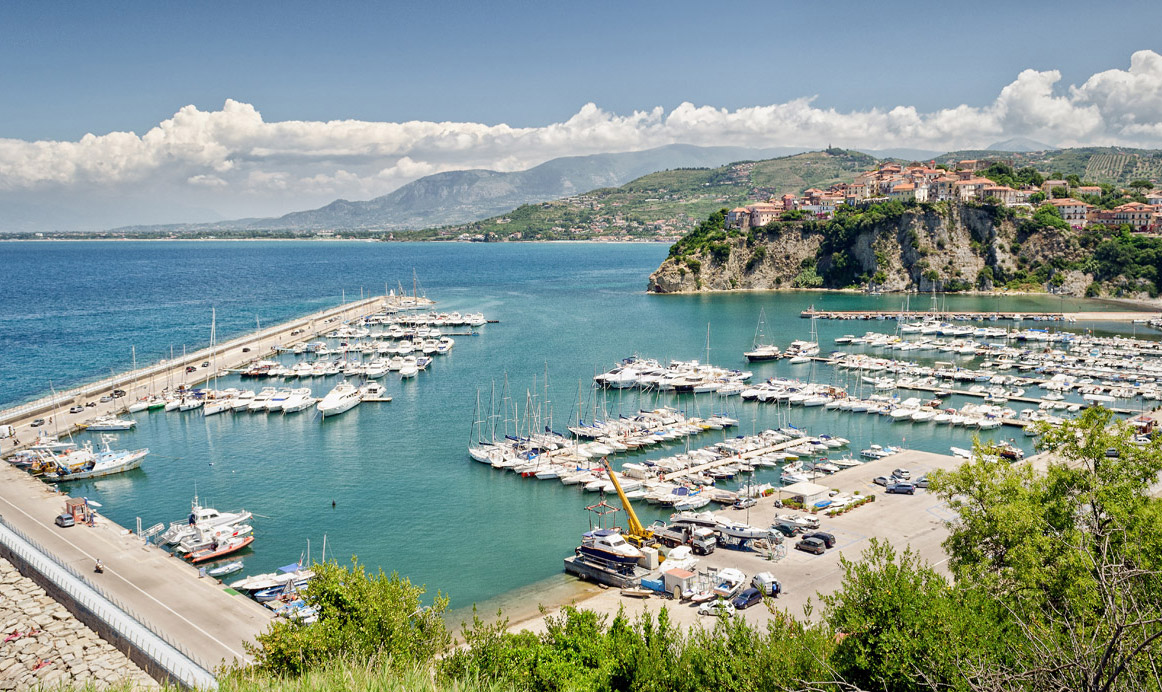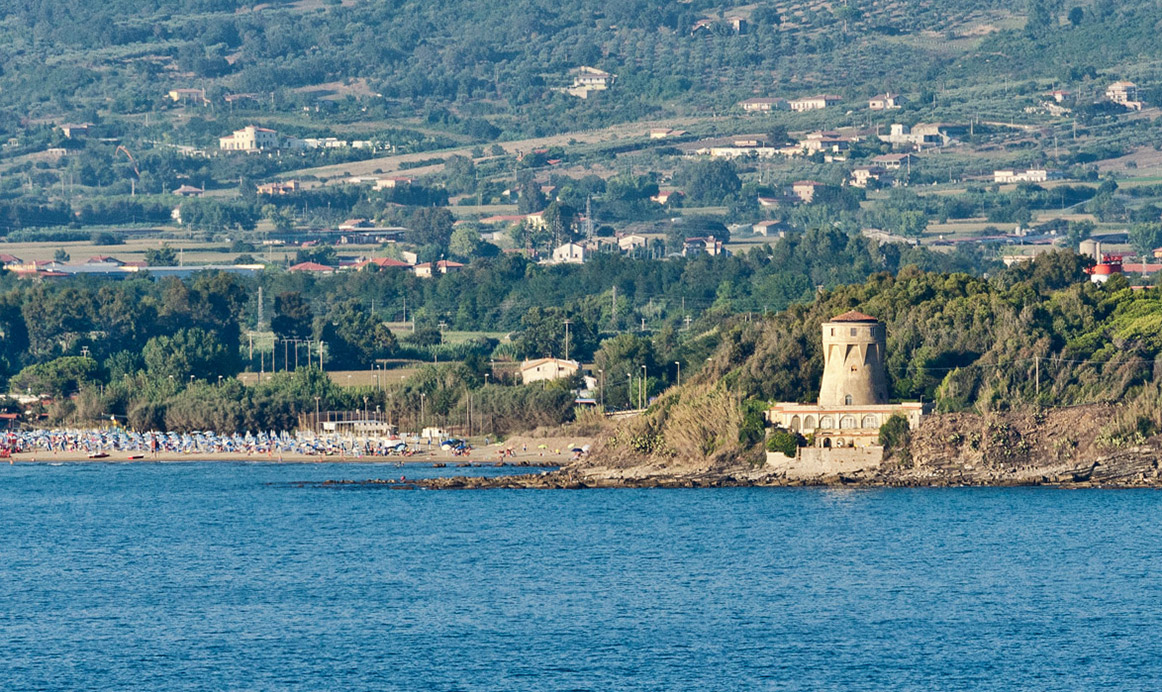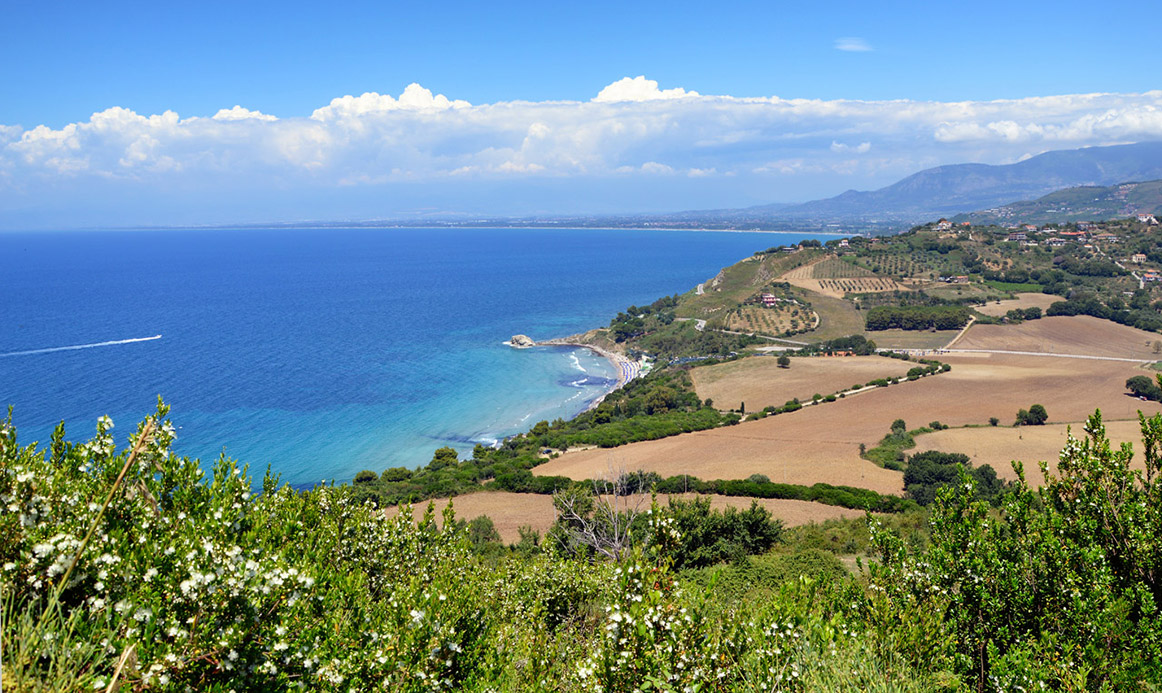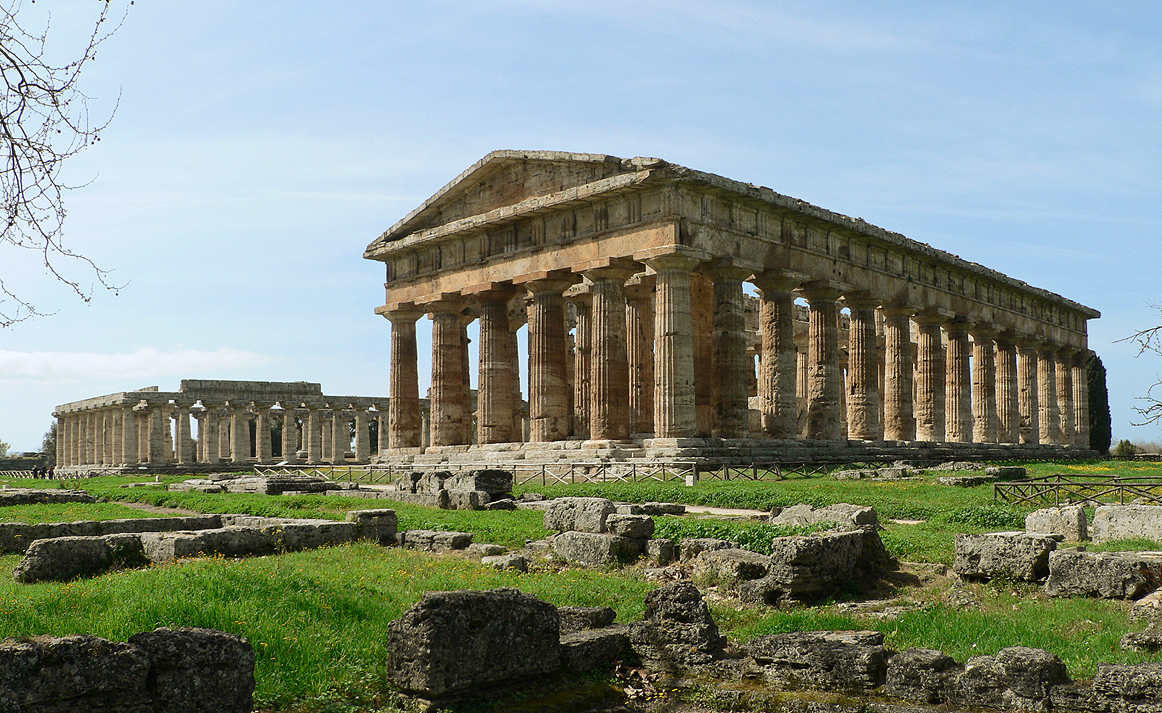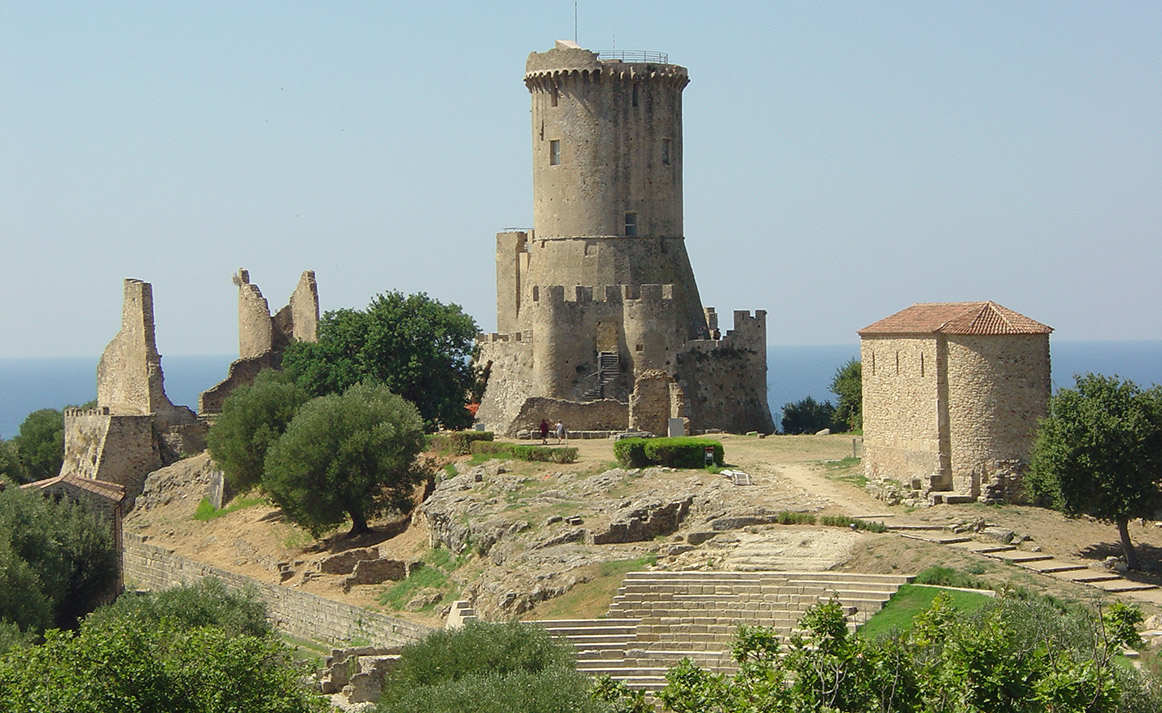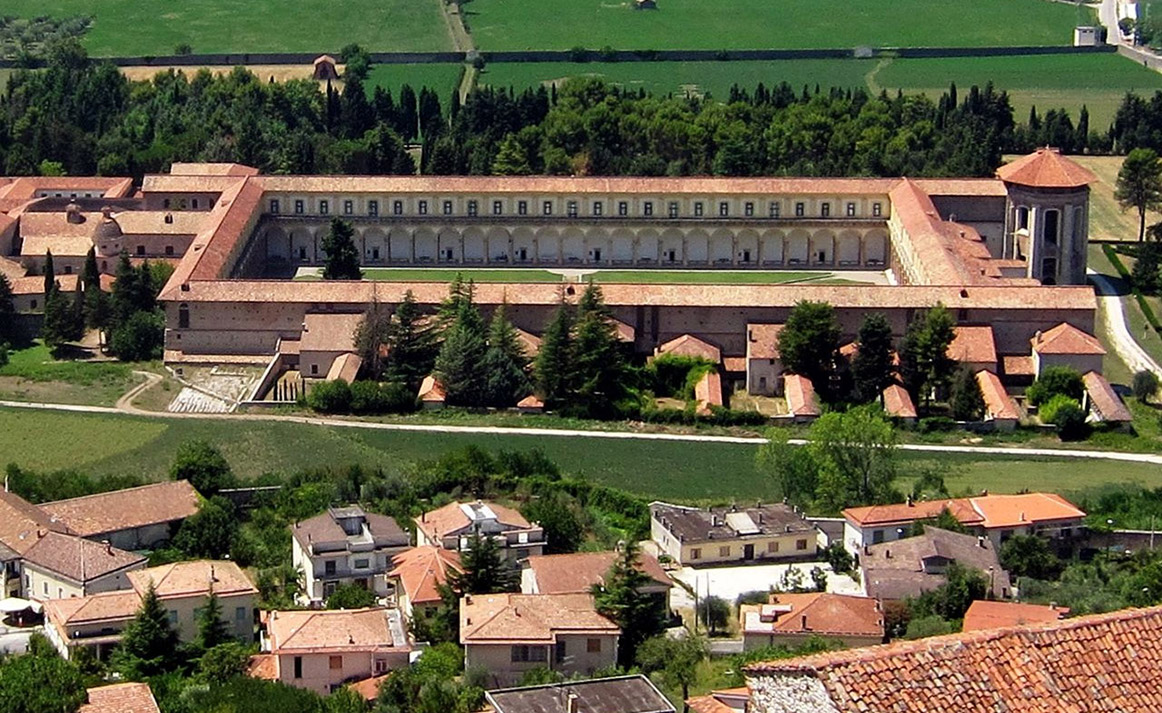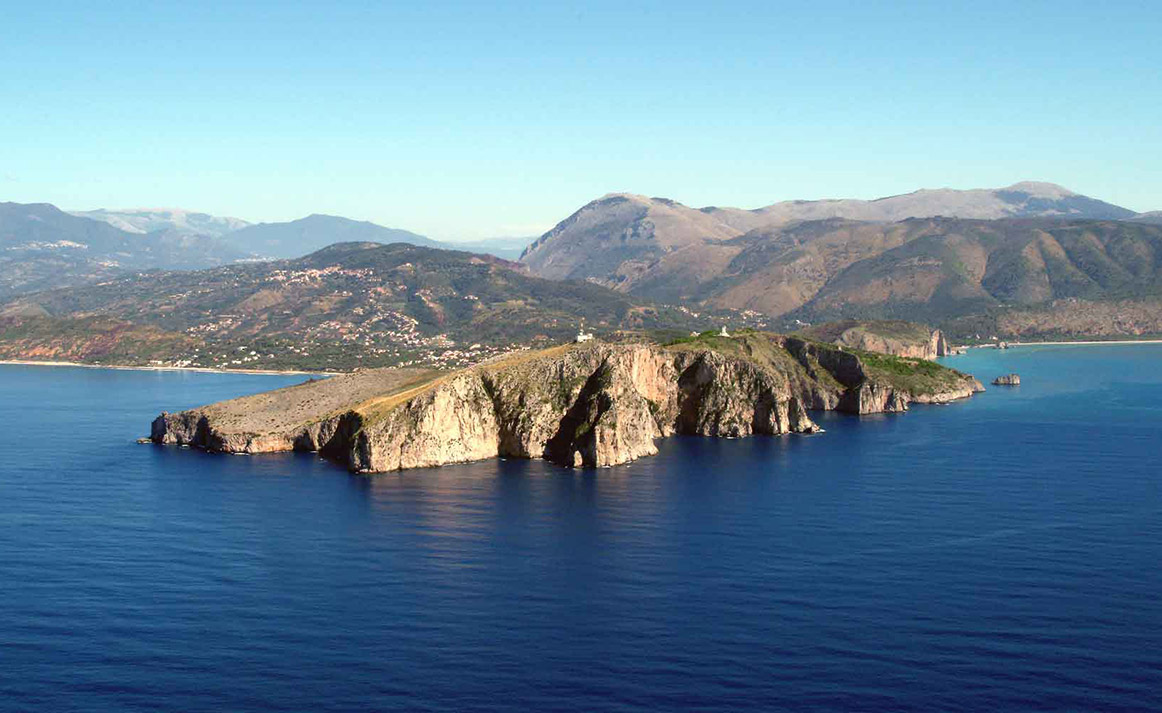Around Castellabate
Castellabate
Ancient medieval village, whose name derives from the imposing size of the “Castle of Abbot”, dominates the wide natural inlet from Licosa to Tresino. The ancient village is secured on a hill nearly to peak on the short plain below where they are stretched the two main fractions of the village, Santa Maria di Castellabate and San Marco di Castellabate.
S.Maria di Castellabate
Colourful seafaring village, has become in the last years a famous international tourist destination thanks to the marvellous coast and its ability to conserve intact in the time the ancient traditions of the Cilento. Covering the coast towards south, it is arrived to the other graceful village of fishermen, San Marco.. The small village turns out particularly graceful beyond that for the evocative beach for the presence of the small port from which it is possible to reach Licosa reservoir marine
Castellabate is the ideal starting point to discover the numerous attractions of the Cilento National park . Moreover various localities of world-wide reputation are reached easily: archaeological sites of Paestum and Pompei, famous islands of Ischia, Capri and Procida, the wonderful amalfitana coast, splendid cities of Naples and Salerno.
Agropoli
Agropoli is one of the most important and lively towns in Cilento. Its large tourist port, pedestrian areas in the city center and in the historic center, traditional and comfortable hospitality and the picturesque and famous Trentova beach make Agropoli an important tourist center where you can go shopping but also enjoy the uncontaminated beauty of this place and taste the many typical Cilento dishes.
Paestum
Just 15 km from Agropoli we find Paestum, one of the most important archaeological sites in Italy. On the Gulf of Salerno, in the 7th century BC, the city of Poseidonia was founded by the Achaeans, which even today with three Doric temples (the so-called Basilica, the temple of Neptune and the temple of Ceres) constitutes the most notable and evocative complex of Magna Graecia. The city walls of the ancient city (with four entrance doors) which extend for 4,750 meters are very interesting: they were built by the Greeks and subsequently strengthened and rebuilt by the Lucanians and the Romans.
Cilento National Park
Is the second largest park in Italy. It stretches from the Tyrrhenian coast to the foot of the Apennines in Campania and Basilicata, and it includes the peaks of the Alburni Mountains, of the Cervati and of the Gelbison and the coastal buttresses of Mount Bulgheria and Mount Stella. The extraordinary naturalist complexity of the heterogeneous territory goes hand in hand with the mythical and mysterious character of a land rich in history and culture: from the call of nymph Leucosia to the beaches where Palinuro left Aeneas, from the ruins of the Greek colonies of Elea and Paestum to the wonderful Certosa of Padula. And everything else you can find in such an unexplored territory.

